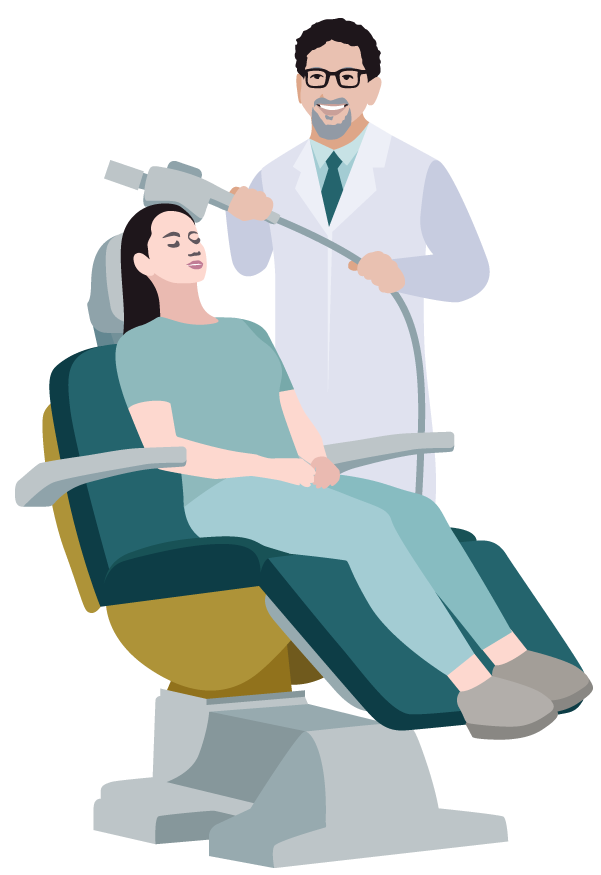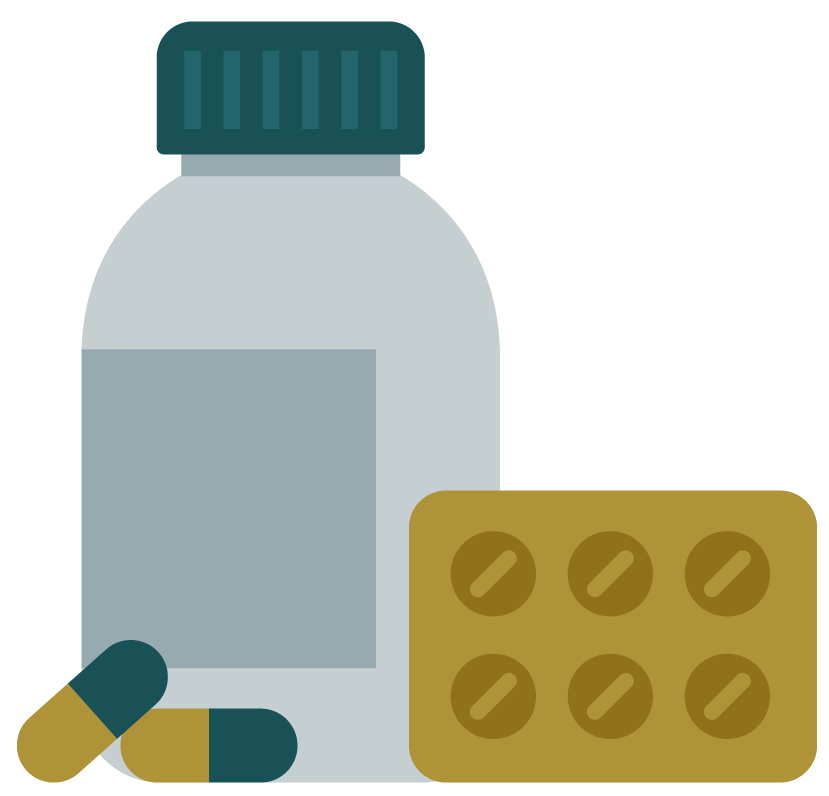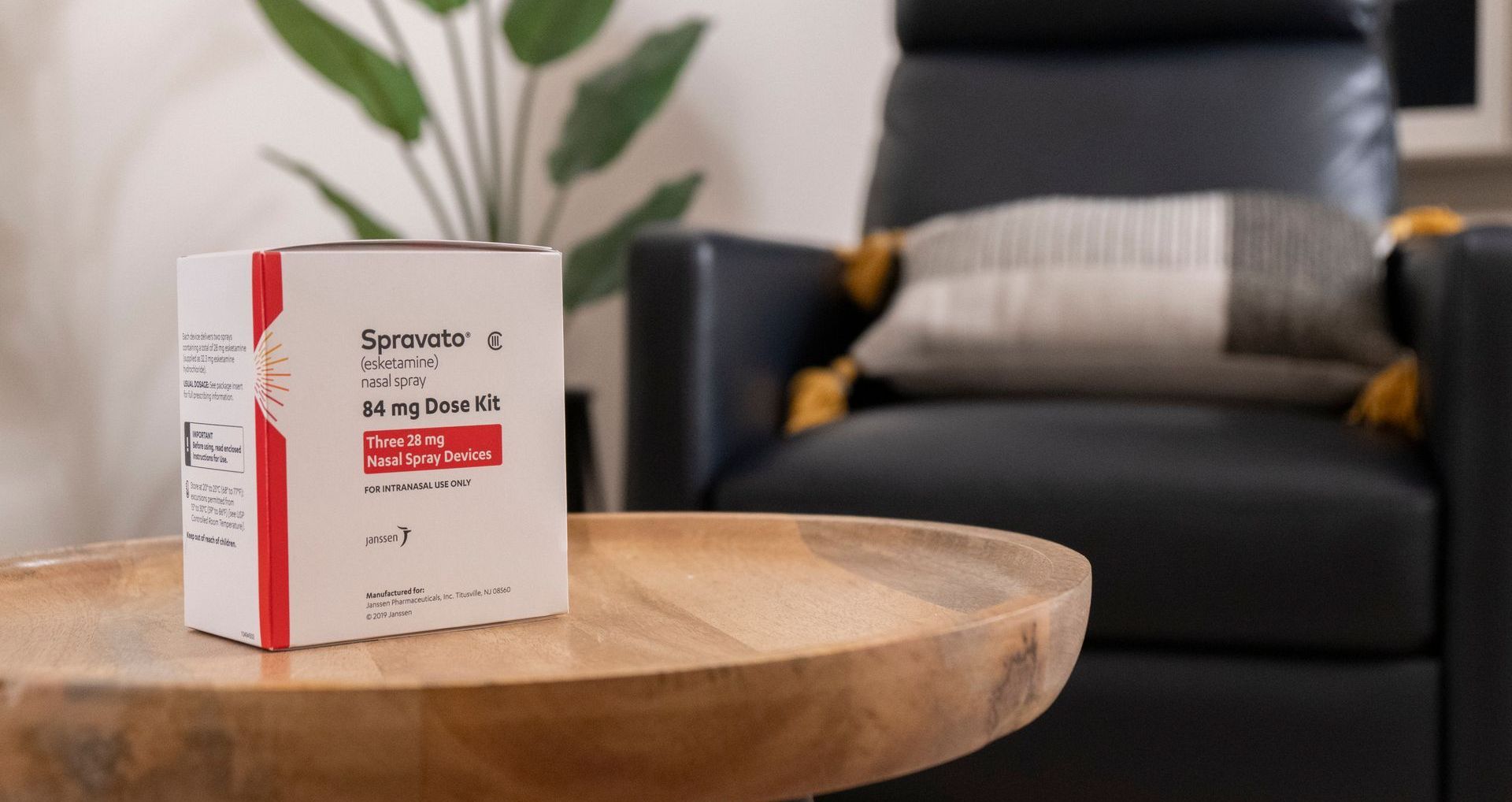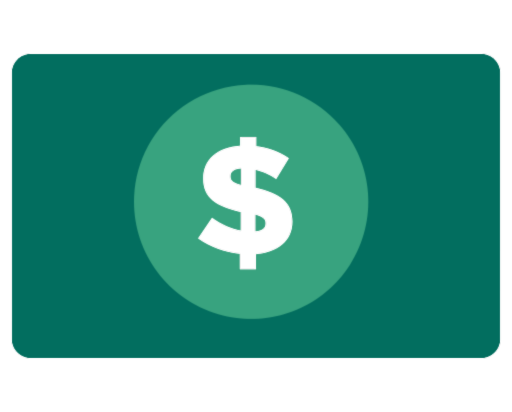We assess your needs and recommend the best treatment.
What to Expect
Overview
Before, during, and after TMS, Spravato, Medication, Psychotherapy and Ketamine
Entering your first appointment can be a confronting experience. We hope to ease your concerns about beginning and continuing your treatment with this guide to understanding each treatment procedure.
Straight to:

What is ketamine therapy?
Ketamine Therapy
Ketamine has been used traditionally as an anesthetic agent in the medical world. Growing research has demonstrated promising results in managing depressive symptoms by modulating the neurotransmitter glutamate. It is believed that this modulation of neural activity reduces depressive symptoms. It can be administered in different forms: oral, intravenous (IV), and intramuscular (IM).
Learn more about Ketamine Therapy →

What is Spravato?
Spravato
Spravato uses an ingredient that is derived from ketamine, called esketamine. It acts similarly on the glutamatergic system to modulate neurotransmitters that impact depressive symptoms. Unlike ketamine, it is administered through a nasal spray, where the medication is absorbed through the nasal mucosa.
Learn more about Spravato→

What is transcranial magnetic stimulation (TMS)?
Transcranial Magnetic Stimulation
TMS is a brain stimulation technique that can increase or decrease neural activity in targeted regions of the brain. This is achieved with cutting-edge technology that delivers magnetic pulses to the brain, non-invasively and painlessly.
Learn more about
TMS Therapy →

What is psychotherapy?
Psychotherapy
Psychotherapy, colloquially referred to as talk therapy, is a treatment that is founded on exploring one’s emotional, behavioral, and cognitive patterns. With support from compassionate and skilled therapists, you can develop coping mechanisms to manage mental health symptoms.
Learn more about
Psychotherapy→

What is medication management?
Medication Management
Psychiatric medication has a long-standing history in the treatment of mental health disorders. Nonetheless, ongoing scientific developments enable pharmaceutical options to expand, providing clients the best chance of symptom relief.
Learn more about Medication Management →

We hope that this guide has provided you with some clarity on how mental health treatments are carried out. We understand that navigating your mental health journey can be a daunting or tiring task. We welcome you to reach out to us! Book a consultation to explore your options and follow the pathway to living a fuller life.
Learning Center
Featured Resources

How TMS Works
FDA-approved, non-invasive treatment for depression, offering a safe, drug-free alternative for those who haven’t responded to medication or therapy.

Compare Treatments
Unsure which treatment is right for you? Explore a side-by-side comparison to better understand your options and find the best fit.

How Spravato Works
A fast-acting nasal spray for depression. FDA-approved and administered under medical supervision to reduce symptoms quickly and safely.









